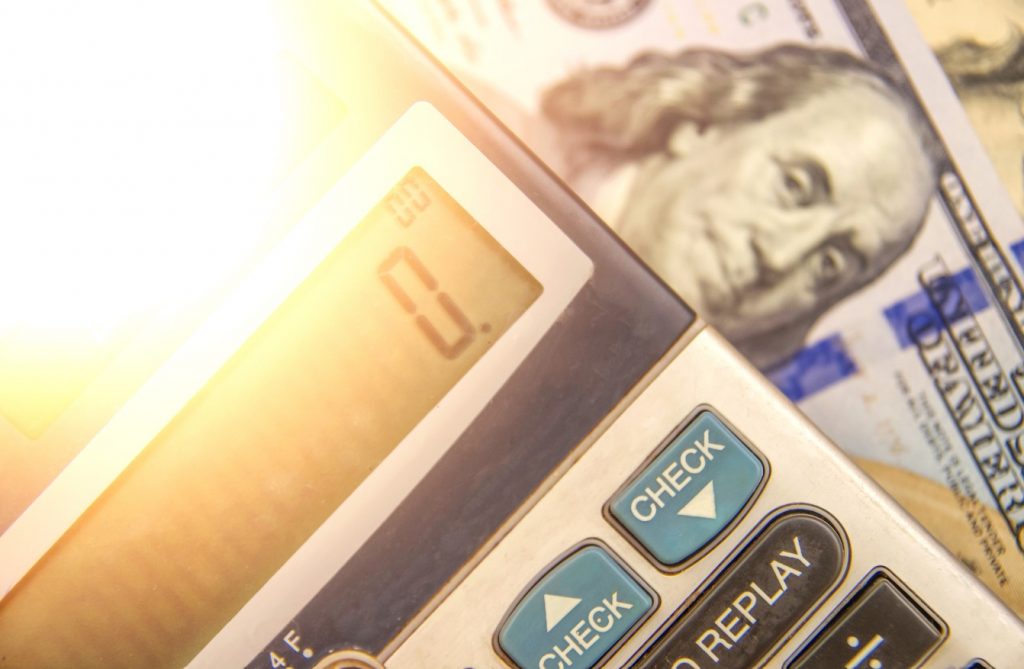There are three main types of damages in personal injury cases, including economic, non-economic, and punitive damages. There are several key differences between these that are important for victims to understand. The following is an overview of each category of damages and its role in personal injury claims.
Economic Damages
Also known as compensatory damages, economic damages are those that have a specific identifiable monetary value attached to them. Economic damages are compensable based on the amount of money that certain damages cost, including medical bills, lost wages due to time off work to recover from injuries, property loss and damage, and the cost of replacement or repairs.
Economic damages are the easiest to calculate because there’s typically a clear dollar amount that can contribute to the amount of awardable compensation.
Non-Economic Damages
Non-economic damages, or general damages, include compensation for certain non-monetary losses, namely pain and suffering, resulting from injuries and losses. These are less quantifiable, which can make them more difficult to calculate in personal injury cases.
Specific non-economic damages may include emotional distress, inconvenience, loss of consortium, loss of companionship and society, and a general loss of enjoyment in daily life. Oftentimes, the best way for injury victims to develop a clear picture of their pain and suffering is to keep a journal or diary. Documenting their daily experience and how their life has changed following an accident or incident can help gauge the total dollar amount compensable for these damages.
It’s worth noting that in health care liability claims, non-economic damages are often more likely to factor into compensation. Juries in these types of cases frequently award far more for victims’ pain and suffering than those who sustained similar injuries in car accidents and other circumstances. This is because medical professionals are held to a higher standard of care, and so substandard care often warrants more compensation for both economic and non-economic damages. These higher damages can also more effectively deter health care professionals from engaging in negligent behavior.
Punitive Damages
Punitive damages may be awarded in a personal injury claim involving particularly egregious behavior on the part of the defendant. They’re intended to serve as a form of punishment to deter malicious or reckless behavior. Unlike both economic and non-economic damages, punitive damages aren’t intended to compensate for victims’ losses.
Punitive damages are the most difficult to obtain, seeing as the required burden for these cases is especially high. In addition, punitive damages vary from state to state, and some states have a cap in place to limit the amount of potential punitive damages. In most cases, if a court awards punitive damages, they will be higher than the amount of the economic and non-economic damages awarded. However, the defendants often appeal large punitive awards, which can lead to their reduction under the appellate court.
Although many personal injury claims involve economic and non-economic damages, it’s often unlikely that punitive damages will be awarded in any amount.
Understanding the differences between these types of damages can help determine what a case is worth, whether it involves a type of vehicle accident, slip and fall, medical malpractice, or another incident.









